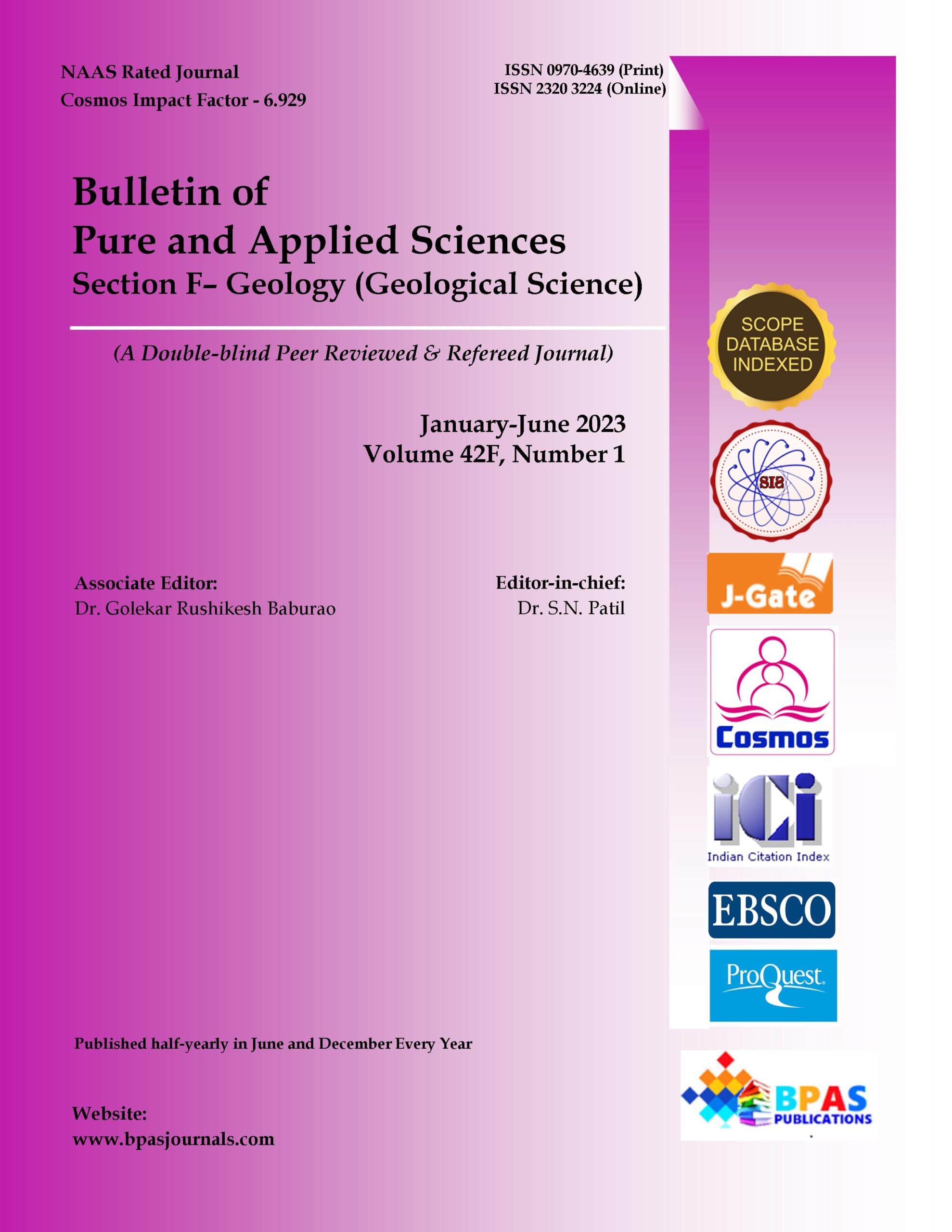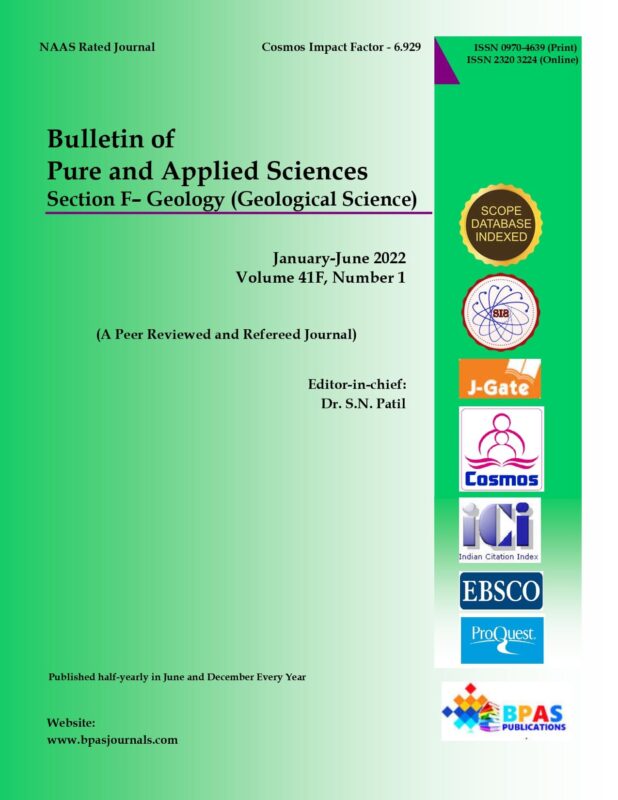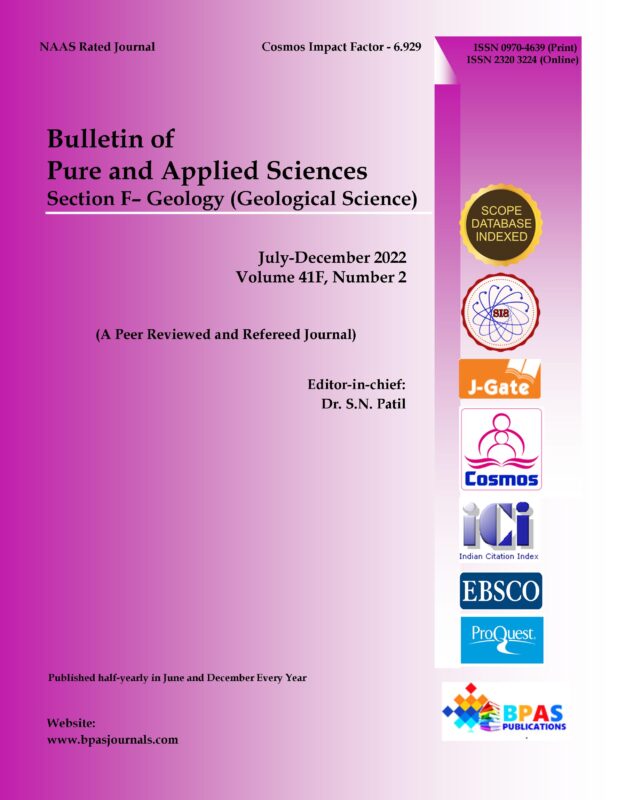Structural, Micro-Structural and Thermal Characterizations of Natural Garnet of Regions of Patharkhola from the State of Uttarakhand of India
9.38$
1Haritabh Rana and 2Harel Thomas*
| Bulletin of Pure and Applied Sciences.
Geology (Geological Science), Vol.42F, No.1, January-June 2023: P.1-9 |
| Original Article
DOI: 10.48165/bpas.2023.42F.1.1 |
Description
Structural, Micro-Structural and Thermal Characterizations of Natural Garnet of Regions of Patharkhola from the State of Uttarakhand of India
1Haritabh Rana and 2Harel Thomas*
| Author’s Affiliations:
1,2Department of Applied Geology, School of Engineering & Technology, Dr. Harisingh Gour Vishwavidyalaya(A Central University), Sagar, Madhya Pradesh 470003, India
|
| *Corresponding Author: Harel Thomas, Department of Applied Geology, School of Engineering & Technology, Dr. Harisingh Gour Vishwavidyalaya (A Central University), Sagar, Madhya Pradesh 470003, India
E-mail: hthomas@dhsgsu.edu.in
|
| (Received on 17.09.2022, Revised on 13.11.2022, Approved on 02.02.2023, Accepted on 10.02.2023, Published on 15.06.2023)
|
How to cite this article: Rana H.and Thomas H. (2023). Structural, Micro-Structural and Thermal Characterizations of Natural Garnet of Regions of Patharkhola from the State of Uttarakhand of India. Bulletin of Pure and Applied Sciences- Geology, 42F(1), 1-9.



